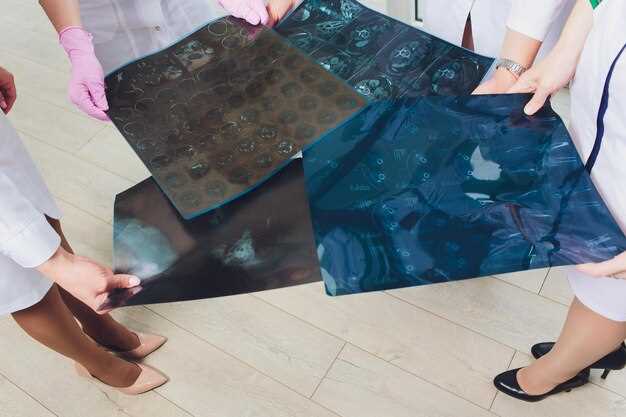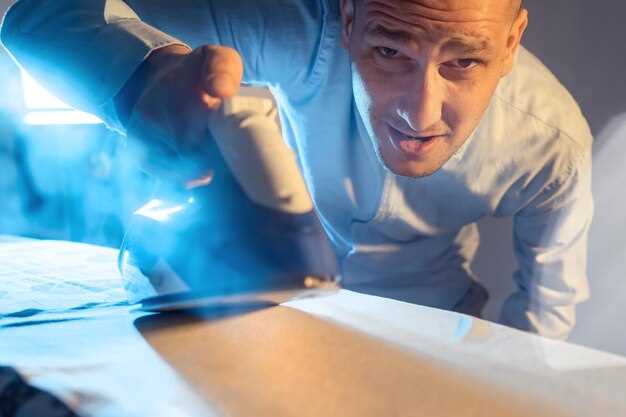
Restoring a vehicle to its full glory requires meticulous attention to detail and a well-structured process. One of the most critical steps in achieving a successful restoration is the body-off technique. This method entails separating the body from the frame, allowing for an in-depth evaluation and repair of both components. In this guide, we will explore the essential phases of a body-off restoration, ensuring that each aspect is thoroughly addressed to preserve the vehicle’s authenticity and functionality.
The restoration journey starts with a comprehensive assessment of the vehicle’s condition. Understanding the level of deterioration helps in planning the restoration strategy. A body-off approach provides unparalleled access to the frame, enabling restorers to identify and rectify rust issues, structural weaknesses, and worn components that may otherwise go unnoticed. By prioritizing these foundational elements, the entire project can be executed more efficiently and effectively.
As we delve deeper into the step by step process, we will outline the necessary tools, techniques, and best practices that contribute to a successful body-off restoration. Each phase will be examined in detail, ensuring that you are well-equipped to undertake this ambitious project. Whether you are restoring a classic car or a more modern vehicle, understanding the intricacies of body-off restoration will prove invaluable in your quest for automotive perfection.
Identifying Frame Damage: Visual Inspection Techniques

When assessing a vehicle for frame damage, a full and thorough check is essential to ensure accurate identification of any issues. Begin your inspection by examining the whole frame for any visible signs of bending, cracking, or warping. Look for irregularities in the frame’s lines and joints that could indicate structural compromise.
Next, check the alignment of the frame by assessing the symmetry of the vehicle. Uneven gaps between body panels may signal frame distortion. Use a straight edge or ruler to measure distances between key reference points on the frame to confirm whether they are within manufacturer specifications.
Inspect the mounting points for suspensions and body components. Any signs of excessive wear or misalignment can indicate previous impacts or stress on the frame. Pay special attention to the areas where frame rails meet other components, as these joints can often be the first to fail in the event of damage.
Additionally, look for rust or corrosion that may affect the integrity of the frame. Areas that have begun to rust may indicate past moisture exposure, which could compromise the strength of the frame over time. Document any findings for reference, as this information will be invaluable in assessing repair needs or cost implications.
Finally, remember that while visual methods are effective, they may not uncover hidden damage deep within the frame. If you suspect any significant issues, consider utilizing additional diagnostic tools or seeking professional advice to ensure a comprehensive evaluation. Detecting frame damage early will help prevent further complications during the restoration process.
Measuring Alignment: Tools and Methods for Frame Check
Ensuring the proper alignment of a vehicle frame is crucial during a body-off restoration. Accurate measurements help prevent issues such as uneven tire wear, poor handling, and structural deficiencies. This section provides an overview of the essential tools and methods used for conducting a full frame check.
1. Frame Measuring System
A dedicated frame measuring system is a vital tool for a comprehensive alignment check. This system typically includes a series of measurement points, fixtures, and laser alignment tools. By establishing the vehicle’s reference points, technicians can determine frame straightness and verify measurements against factory specifications.
2. Plumb Bobs and String Lines
Plumb bobs and string lines are traditional yet effective methods for measuring a vehicle’s frame alignment. By hanging a plumb bob from critical structural points and creating a baseline with string lines, restorers can visually inspect the alignment and detect any deviations. This method is simple and requires minimal equipment, making it accessible for many restorers.
3. Measuring Tape and Calipers
Accurate measurements can also be taken with a standard measuring tape and calipers. Measurements should be taken from defined points on the frame to ensure consistency. It’s important to measure both sides of the vehicle and across various cross-members to identify misalignments. Documenting these measurements allows for a thorough analysis of the frame’s condition.
4. Digital Measuring Tools
Modern digital measuring devices, such as electronic levels and laser measures, provide enhanced precision for frame checks. These tools can quickly assess angles, lengths, and distances, delivering instantaneous feedback. By leveraging technology, restorers can achieve a higher degree of accuracy in their measurements, which is essential for a full frame evaluation.
5. Computerized Alignment Machines
For the most precise checks, a computerized alignment machine is recommended. These systems utilize advanced sensors and software to analyze the frame’s geometry. Technicians can easily compare measurements against specifications, allowing for immediate adjustments if necessary. This equipment is particularly useful for professional restoration shops that perform frequent high-level assessments.
In conclusion, measuring alignment is a critical step in the body-off restoration process. Using a combination of the tools and methods outlined here, restorers can conduct a thorough frame check, ensuring that the vehicle is restored to its original structural integrity.
Choosing Repair Strategies: Options for Full Restoration

When embarking on a full restoration project, selecting the appropriate repair strategies is crucial to ensure the longevity and integrity of the vehicle. Various options can be considered, each tailored to the specific requirements of the restoration process.
One of the primary options is to conduct a comprehensive inspection, which helps determine the extent of damage and the areas requiring immediate attention. This check establishes a baseline for the necessary repairs, facilitating a structured restoration plan. A thorough assessment often involves identifying rust, structural damage, and mechanical issues that could affect the vehicle’s overall performance.
After assessing the vehicle, the next step is to prioritize the restoration tasks. Options may include complete replacement of severely damaged components, such as the chassis or panels, which may be more beneficial than attempting repairs. For less severe issues, strategies like welding, patching, or using modern materials can offer robust solutions while preserving original features.
Another critical aspect involves sourcing replacement parts. Authentic parts can enhance the restoration’s value, while aftermarket options can be more cost-effective. Deciding between originality and practicality is essential and should align with the overall vision for the restoration.
In addition, considering the paint and finish is vital for achieving a complete restoration. Selecting high-quality paint that matches the original specifications can significantly impact the aesthetic appeal of the vehicle. Furthermore, ensuring proper surface preparation is key to achieving a lasting finish that withstands time and environmental elements.
Finally, engaging with professionals who specialize in restoration can provide invaluable insights and expertise. Experienced restorers can guide the selection of repair strategies, ensuring that all aspects of the restoration align with industry standards and best practices. By carefully evaluating these options, you can achieve a successful full restoration that meets or exceeds expectations.




